5 Water Treatment Innovations Shaping Our Future
Water is necessary for survival, but it’s not always safe to consume. In this article, we’ll look at several disruptive water treatment technologies making clean water more accessible for everyone.
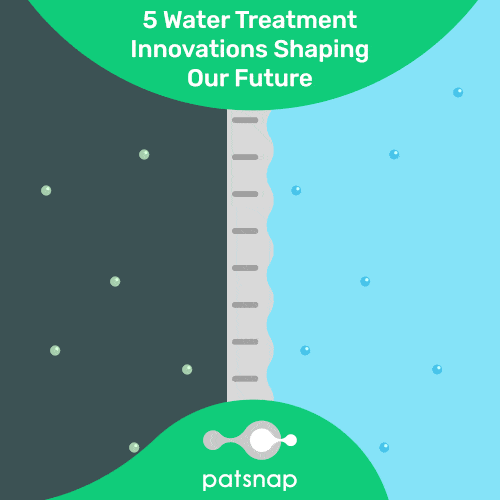
________
Although water is one of the world’s most abundant resources, covering 71% of the planet, 80% of untreated wastewater makes its way back to rivers, lakes, and oceans. This dumping process contaminates water sources, making it unsafe for consumption.
And the consequences are dire. One in three people lack access to clean drinking water, making them more susceptible to waterborne diseases such as diarrhea, giardiasis, dysentery, typhoid fever, E. Coli, and salmonella. Consuming unclean water can also lead to stunted growth, learning difficulties, malnourishment, and death.
Fortunately, savvy innovators around the world are taking action and finding novel, affordable methods to treat water and combat these issues. In this article, we’ll explore 5 potentially life-changing water treatment technologies.
What are the Traditional Water Treatment Methods?
Water treatment is the process of bettering water quality by removing contaminants, such as bacteria, viruses, or other toxins, to make it usable for specific purposes, like drinking or bathing.
Currently, there is no shortage of water treatment options available and in use. They tend to fall into one of four categories: physical, biological, chemical, or some combination of the above.
- Physical water treatment employs a water filter system with physical phenomena to treat water, such as sedimentation, filtration, or dissolved air flotation, to separate clean water from wastewater.
- Biological water treatment uses microorganisms to biodegrade the contaminants, much the same way composting works.
- Chemical water treatment relies on the use of chemicals to either remove or convert contaminants, such as water purification tablets, pre-chlorination, aeration, or disinfection, and is typically used in conjunction with a physical or biological method.
And some water treatment methods hybridize some or all of the above, relying on complex, sophisticated technology. One of the most well-known examples is desalination, which uses either distillation or reverse osmosis to transform salt water into potable water.
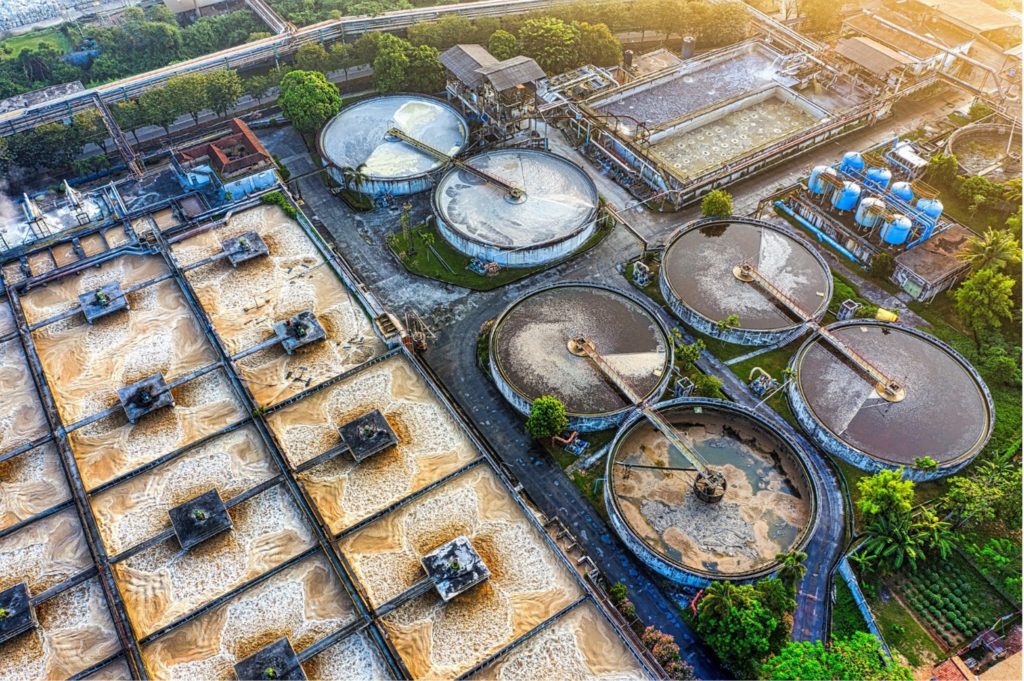
Although these water treatment methods are nothing new, there are some drawbacks. For example, although desalination is effective, it relies on a tremendous amount of energy to complete the process. The cost of this energy can amount to as much as half of the operating costs of a desalination plant and is subject to price changes based on energy availability and demand, as well as being limited to coastal areas; this automatically puts it out of reach for most of the world.
Other methods aren’t exempt from having disadvantages either, such as the need to dispose of chemicals after the water has been treated. Even something as simple as boiling water still requires access to a steady and sufficient supply of fuel and doesn’t remove salts or heavy metals.
Obstacles Preventing Widespread Access to Clean Water
According to the World Health Organization (WHO), more than 2 billion people in the world live in water-stressed countries where access to clean drinking water is limited. As a result, they end up consuming water contaminated with feces.
The WHO reports that exposure to unclean water “poses the greatest risk to drinking-water safety.” Furthermore, of the 2 billion people without safely managed services (i.e., not located on the premises, not available when needed, and not free from contamination), 282 million require a round trip of more than 30 minutes to access water; 368 million drink from unprotected wells and springs; and 122 million use untreated water from lakes, ponds, rivers, and streams.
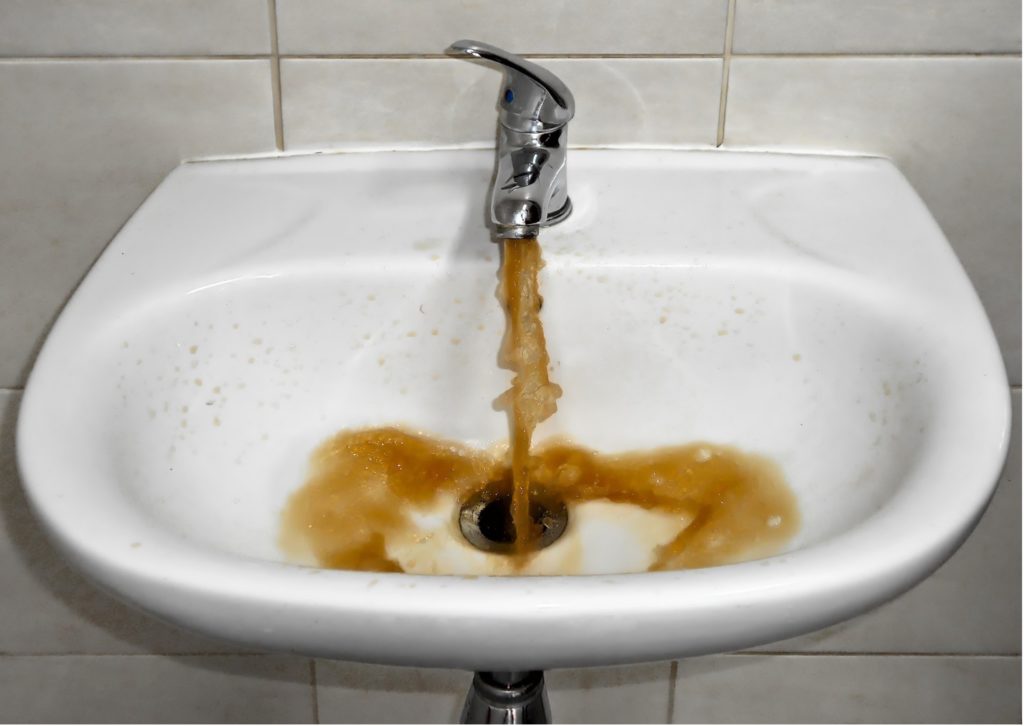
The Centers for Disease Control and Prevention (CDC) paints a similarly dire picture, citing that eight out of 10 people who lack basic drinking water services live in rural areas. What’s more, nearly half of the world’s population (3.6 billion people) don’t have safely managed sanitation in their homes. Traditional water treatment methods may not suffice for those living in remote or impoverished areas, and more creative and cost-effective solutions are necessary.
5 Water Treatment Innovations Poised to Disrupt the Landscape
Water Treatment Technology #1: Black Crocheted Absorbers
Looking at water treatment solutions from an innovation lens, many feasible solutions are on the horizon. One of the most exciting comes in the form of a black crocheted flower-like light absorber with a super hydrophilic (i.e., antifogging) coating that evaporates polluted water vapors into cleaner water.
Because the device is black, it retains more heat. As a result, it can evaporate water vapors at a faster rate than with other colors. Additionally, since yarn is relatively cheap and widely available, this device simple and cost-effective.
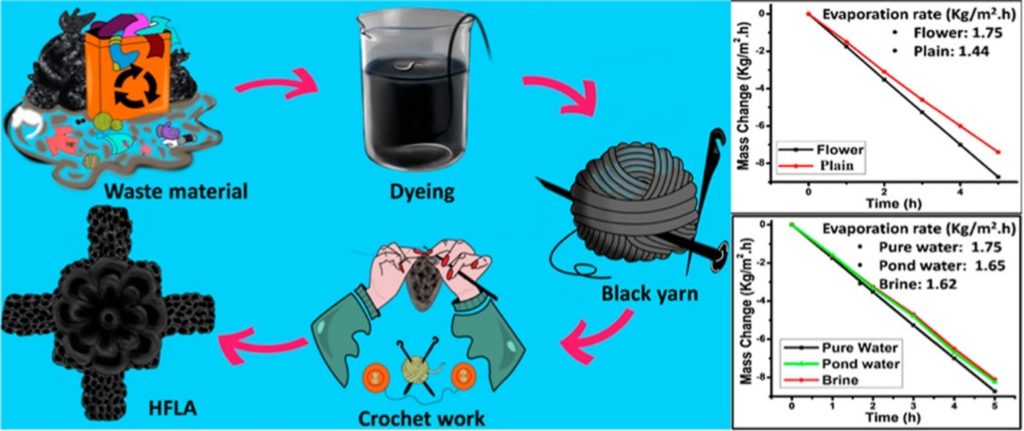
Water Treatment Technology #2: NASA’s Water Filtration Device
At the other end of the spectrum, large organizations with robust financial backing are making an even bigger splash. The National Aeronautics and Space Administration (NASA) has combined money, intelligence, and innovation to develop a water filtration device. Although originally designed for use aboard the International Space Station (ISS), NASA realized it could also be implemented here on earth.
Instead of removing contaminants from water, the NASA device separates the water from the contaminants. It does this by using acoustics to force water through a filter matrix. This process cleverly removes the need for gravity and filter orientation to treat the water.
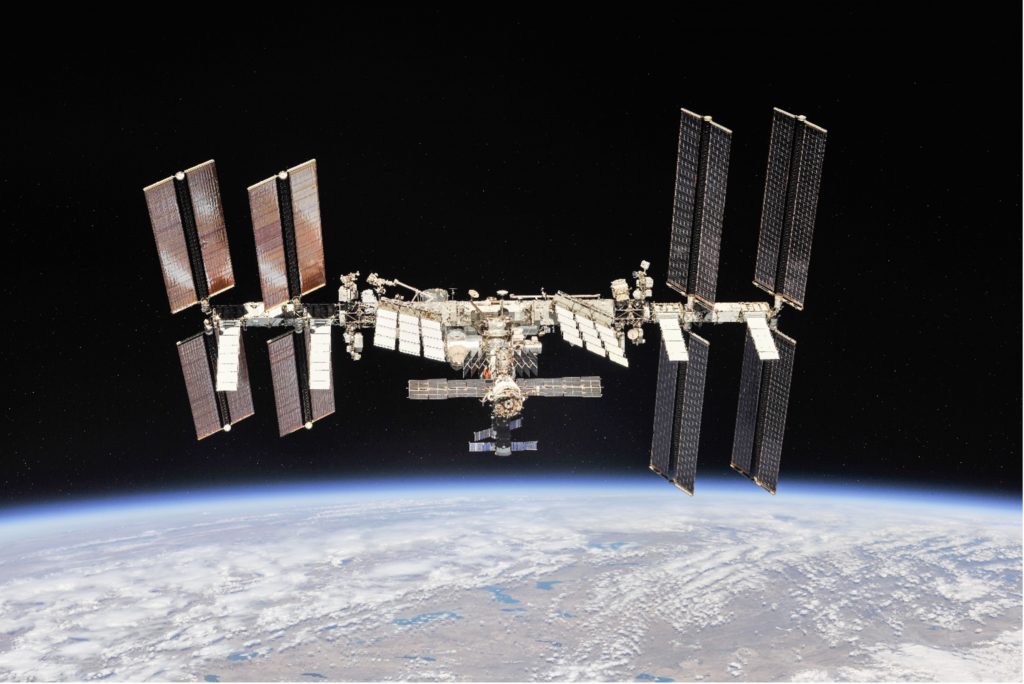
Water Treatment Technology #3: Automatic Variable Filtration Tech
Across the globe, Waterman Engineers Australia is on a mission to innovate water treatment technologies that are affordable and easy to use. One of the company’s projects is Automatic Variable Filtration (AVF) technology, which operates similarly to NASA’s invention. But instead of using acoustics to drive water through a filtering membrane, this device inserts an influent at the top to flow downward. This enables compressed air to move contaminants into an airlift pipe, allowing for easy disposal.
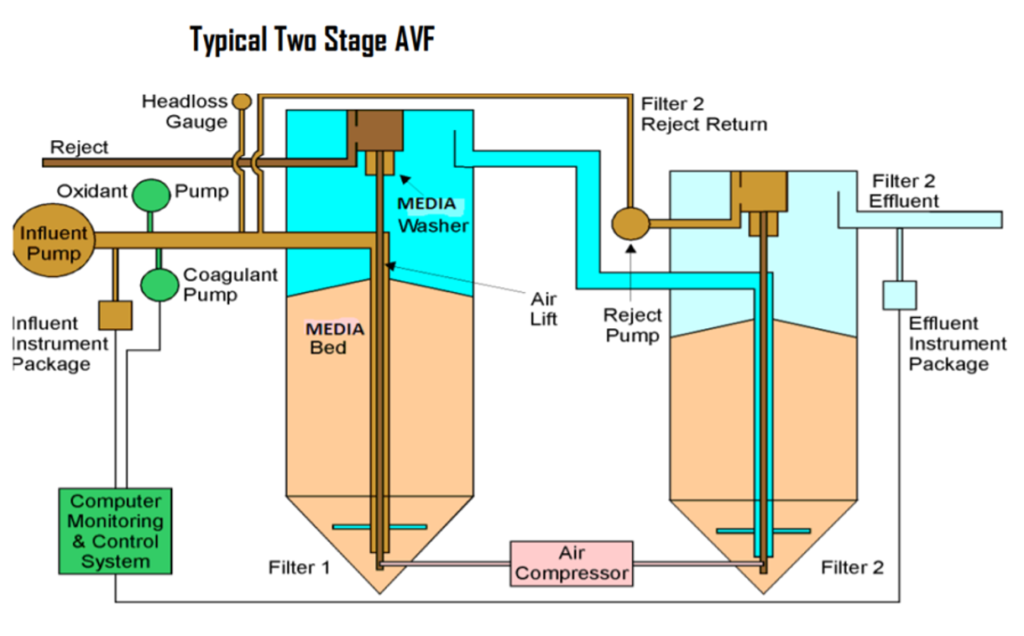
Water Treatment Technology #4: NASA’s Nanotechnology
Lastly, there are two technologies that aren’t company-specific. One is nanotechnology, which uses submicroscopic membranes to filter contaminants from water so it can reach adequately clean levels. A popular device that uses nanotechnology is LifeStraw®. This straw works by sucking water through the membrane. It’s available in dozens of countries and can operate without batteries or a power source. In addition, it has a lifespan of approximately one year.
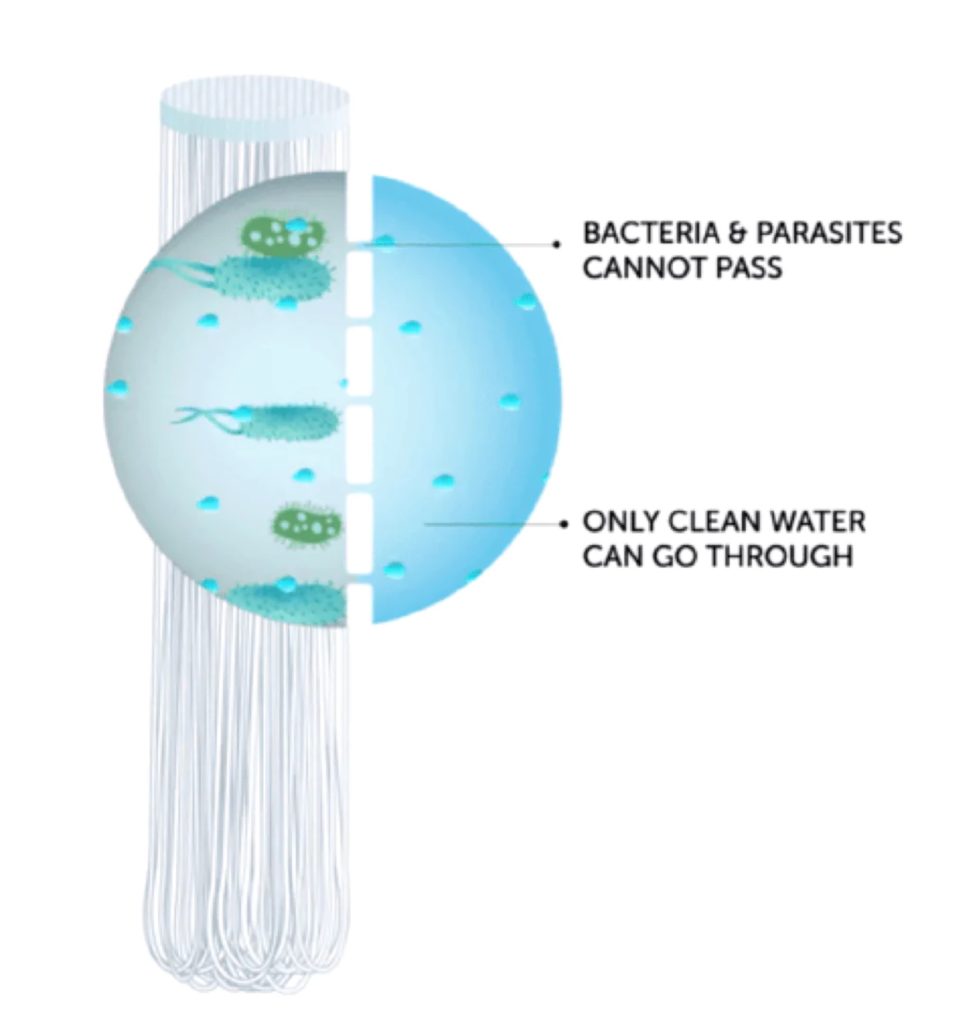
Water Treatment Technology #5: Aquaporins/Water Channels
Another water treatment technology uses aquaporins, or water channels, which are small membrane proteins that act as a semi-porous gate through which water molecules pass in single file either via diffusion or osmosis. An American physician named Peter C. Agre received a Nobel Prize in Chemistry in 2003 for his discovery of aquaporins. These membranes also exist in mammals (and in the kidneys about half the time).

Closing Thoughts
Although traditional water treatments like desalination, sedimentation, chlorination, filtration, and disinfection are highly effective, those methods may not necessarily be the most financially viable or available to people living in remote, rural, or impoverished conditions. But with new innovations on the horizon, access to clean water can become an everyday occurrence instead of a luxury or privilege, helping to reduce the amount of preventable waterborne diseases. Interested in learning more about water treatment innovations or other trending technologies? Sign up for Innovation Insider, our bi-weekly newsletter curated for IP and R&D professionals.